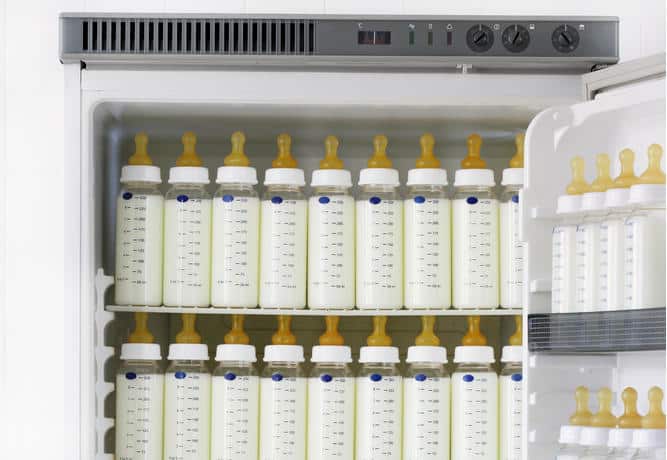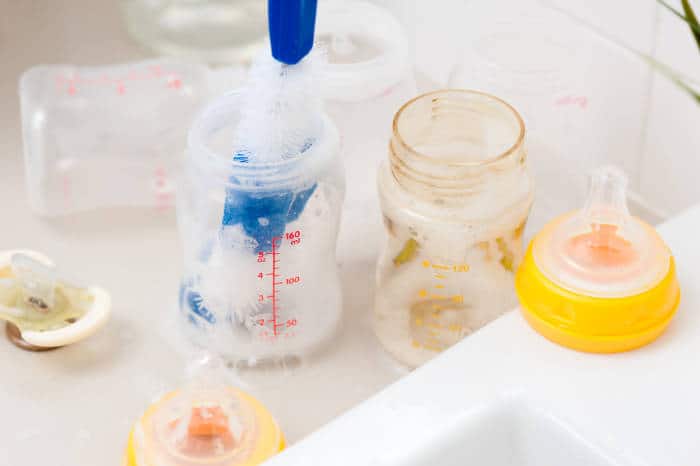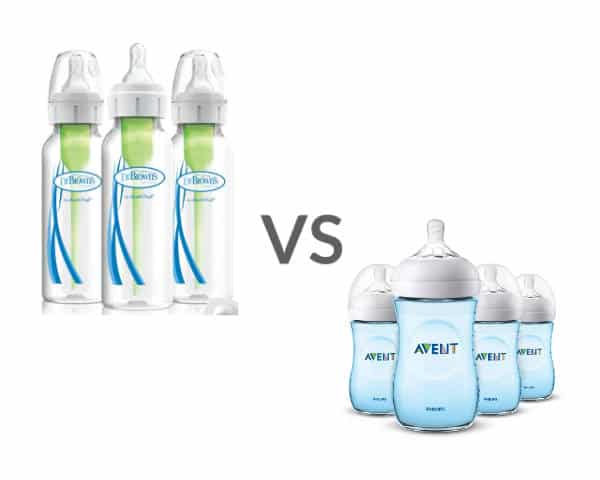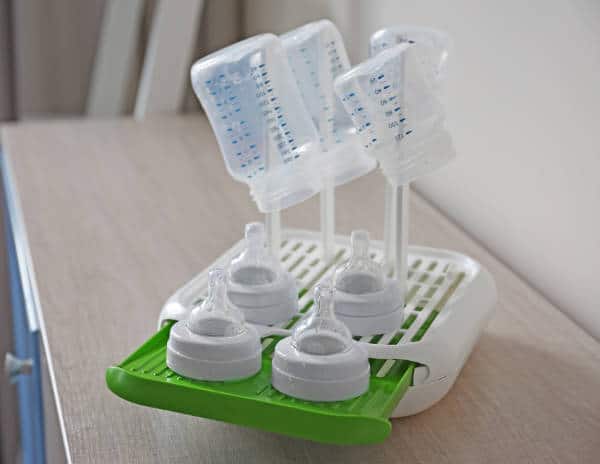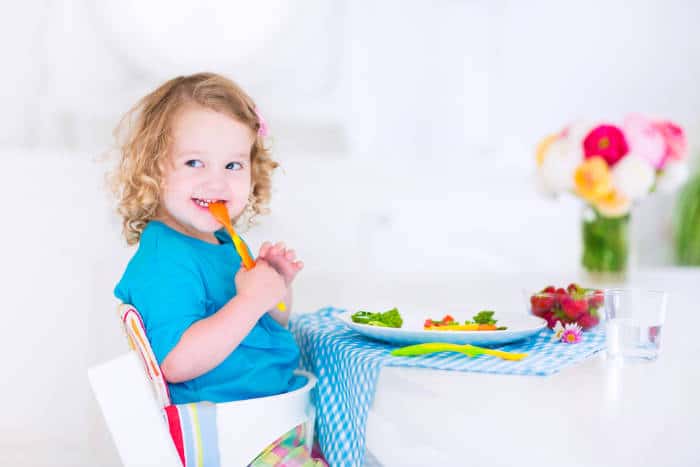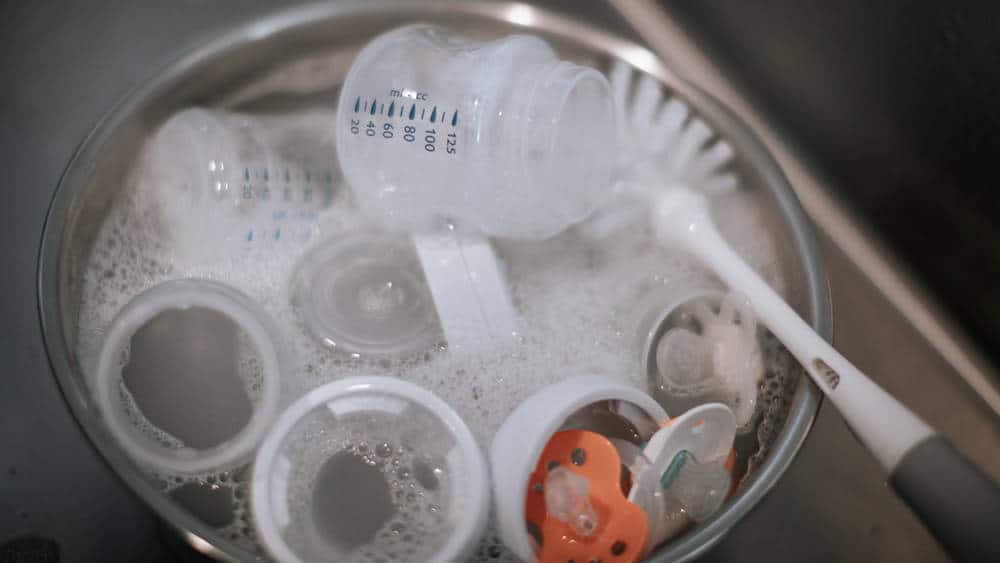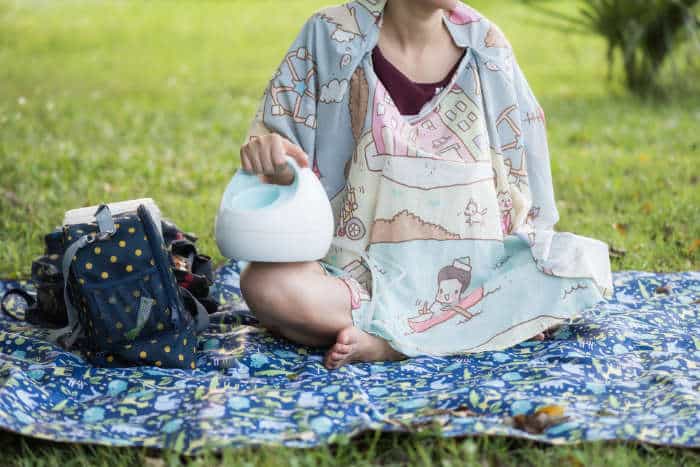Before you have kids, you might not recognize the luxury that is dining out with regular straw cups. You don’t have to worry about placemats or sippy cups. You just sit down, get your drinks, and relax. However, once you have kids, you spend your restaurant days yearning for the time when your child can sit down and drink from a regular cup without all the pomp and circumstance.
Drinking from a straw is a skill we often take for granted, but it’s absolutely an essential one. It’s important for oral development, speech development, and proper drinking. Once your child masters the straw, eating and drinking become a much more independent activity.
When can you teach your baby to drink from a straw
Your first instinct may be to hold off on using straws until after your baby has conquered sippy cups and silverware. However, it’s actually a good idea to start introducing straws between 6 and 9 months. Sooner is always better when it comes to straws and open cups, as sippy cups aren’t great for oral development. Many pediatricians, speech pathologists, and dentists recommend against sippy cups after bottles.
Is your baby ready?
Aside from age, you can keep an eye out for physical cues that your baby might be ready to tackle straws. Make sure your baby can sit up on their own, they have steady neck control, and a steady core. You don’t want them wobbling around while trying to sip from a straw because they could choke or harm themselves on the straw itself.
Another telltale sign that your baby is ready to try straws and/or open cups is their interest in self-feeding. Additionally, if they’re reaching for the cup and actively engaged in bringing it to their mouths, they’re ready to learn. You want them involved in the learning process, not solely accepting sips from your hand.
Are straws better than open cups?
Straw cups definitely have their advantages. It’s a skill kids undoubtedly pick up and need later in life. However, if your little one is just not on board and doesn’t show signs of jumping on board anytime soon, you can go ahead and introduce an open cup. Sure, there will be spills and unsteady hands if your baby is still fairly young, but with small cups and amounts of liquid, it’s still good practice. You can introduce both straws and open cups at the same time as well.
How to introduce straws
Pipette method
This is essentially using your finger to collect a few drops of a beverage in the straw and holding it there while you position the other end in your baby’s mouth to release the drink. It’s a good way to help your little one understand that straws contain liquid and get them interested in the object if they aren’t already. Also, this helps control how big of a drink they are getting.
Straw trainer
On the other hand, if dripping drinks into your infant’s mouth drop-by-drop like a baby bird doesn’t sound ideal, they make training straws. They aren’t as common and you might not be able to find them at every drugstore, but they do exist. One excellent example of a straw trainer is the “Mr. Juice Bear” therapy cup. With this setup, you can squeeze the cup to push liquid into the straw and assist your little one until they get the hang of it. When it’s time for them to try on their own, this cup works just like a regular straw.
Be patient!
Don’t ever force a straw if your baby doesn’t enjoy drinking from them. You can gently encourage and continue to offer the straw, but if the experience is distressing to them, you’re doing more harm than good. You can always wait it out or try an open cup in the meantime.
You might find that it’s helpful to keep straw practice for lunch or dinner time when hunger/thirst can serve as a motivator. Often, if your baby isn’t truly thirsty, they’ll just play with the straw or open cup and make a mess. Likewise, you might try offering a straw outside of mealtimes if your little one is too distracted to engage with the cup. It’s a fickle balance when trying new things with kids, so don’t be afraid to engage in a little trial and error.
And remember, don’t fear the mess. Throw down a towel or strip your baby down to their diaper. If the things get a little wild and they experience choking, cut back on the volume of liquid and try again.


